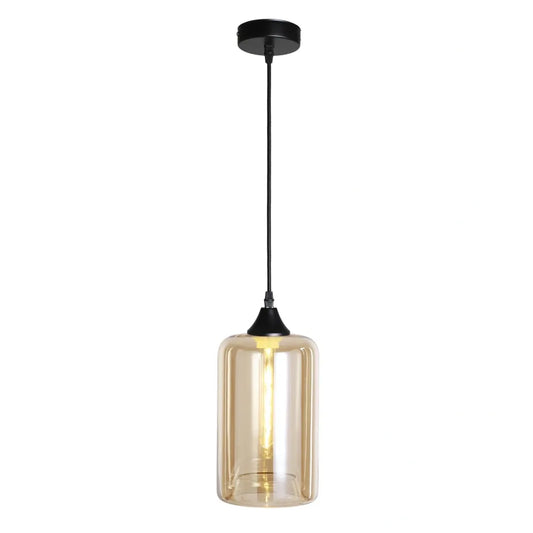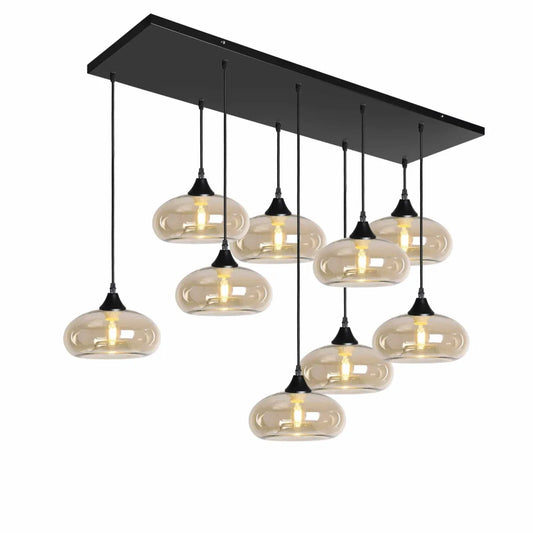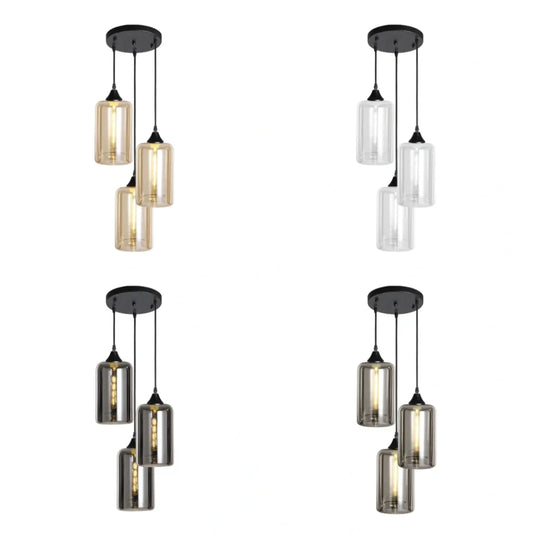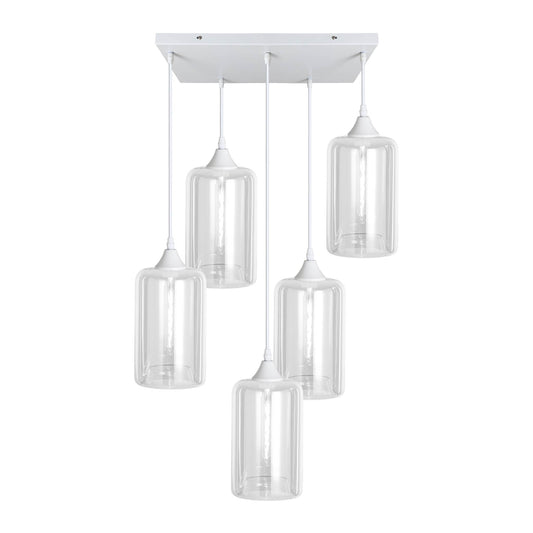In this article, we delve into a history lesson in Pendant Lighting, exploring the fascinating evolution of pendant lighting, its enduring charm on living spaces, and how we got to today's modern pendant lighting.
The Beginning of Pendant Lighting
Firstly, where did the Pendant Light originate from? Well, Pendant Lights are linked back to ancient civilizations, as they crafted rudimentary versions of pendant lights using materials like clay, metal and even animal horns. Even hundreds of years ago, pendant lights still served the same purposes, providing illumination in small dwellings and communal spaces, whilst still showcasing the artistic flair of their creators.
The Advancement of Pendant Lighting
As time and technology progressed, so did pendant lights. Pendant lighting evolved alongside advancements in technology and design sensibilities. During the Renaissance period, ornate chandeliers adorned the palaces and estates of the wealthy, casting a warm and inviting glow over their interiors. These grand pendant lighting fixtures became symbols of opulence and prestige, reflecting the social status of their owners.
However, it was not until the Industrial Revolution that pendant lighting underwent a true transformation. During the industrial revolution, there was mass production and the proliferation of new materials such as glass and metal. This then affected the design of pendant lights as designers embraced a more utilitarian aesthetic using the material more readily available to them. The result? We start to head towards the modern pendant lights we often see today. A departure from the elaborate designs of the past for the wealthy but pendant lights with more streamlined, functional forms that prioritised efficiency and simplicity.
Pendant Lights in the 20th Century
If we fast forward to the mid-20th century, pendant lighting experienced a resurgence in popularity thanks to the rise of modernism and the Bauhaus movement. As society began to be influenced by principles of minimalism and functionalism, designers sought to create lighting fixtures that were both aesthetically pleasing and practical. Thus, the modern pendant light was born – characterised by clean lines, geometric shapes, and an emphasis on function.
In the latter half of the 20th century, pendant lighting continued to evolve, reflecting shifting design trends and cultural influences. From the sleek and futuristic designs of the space age to the organic shapes inspired by nature, pendant lights became canvases for artistic expression, embodying the spirit of each era they traversed.
The Use of Pendant Lights Today
Today, pendant lighting occupies a prominent place in contemporary interiors thanks to its versatility, elegance and ability to effortlessly blend with any style. Whether suspended above kitchen islands, dining tables, or in clusters to create a striking focal point, modern pendant lights have become indispensable elements in the art of interior design that everyone is dying to put in their home. With technological advancements in LED technology, designers have unlocked new possibilities for energy-efficient illumination without sacrificing style. Modern Pendant Lights offer dimmable options, offering its users complete control over ambience, allowing users to create the perfect atmosphere for any occasion.
If you want to find out more about Pendant Lights, contact a member of our team today. Alternatively, you can browse our extensive collections of modern pendant lights today.
































